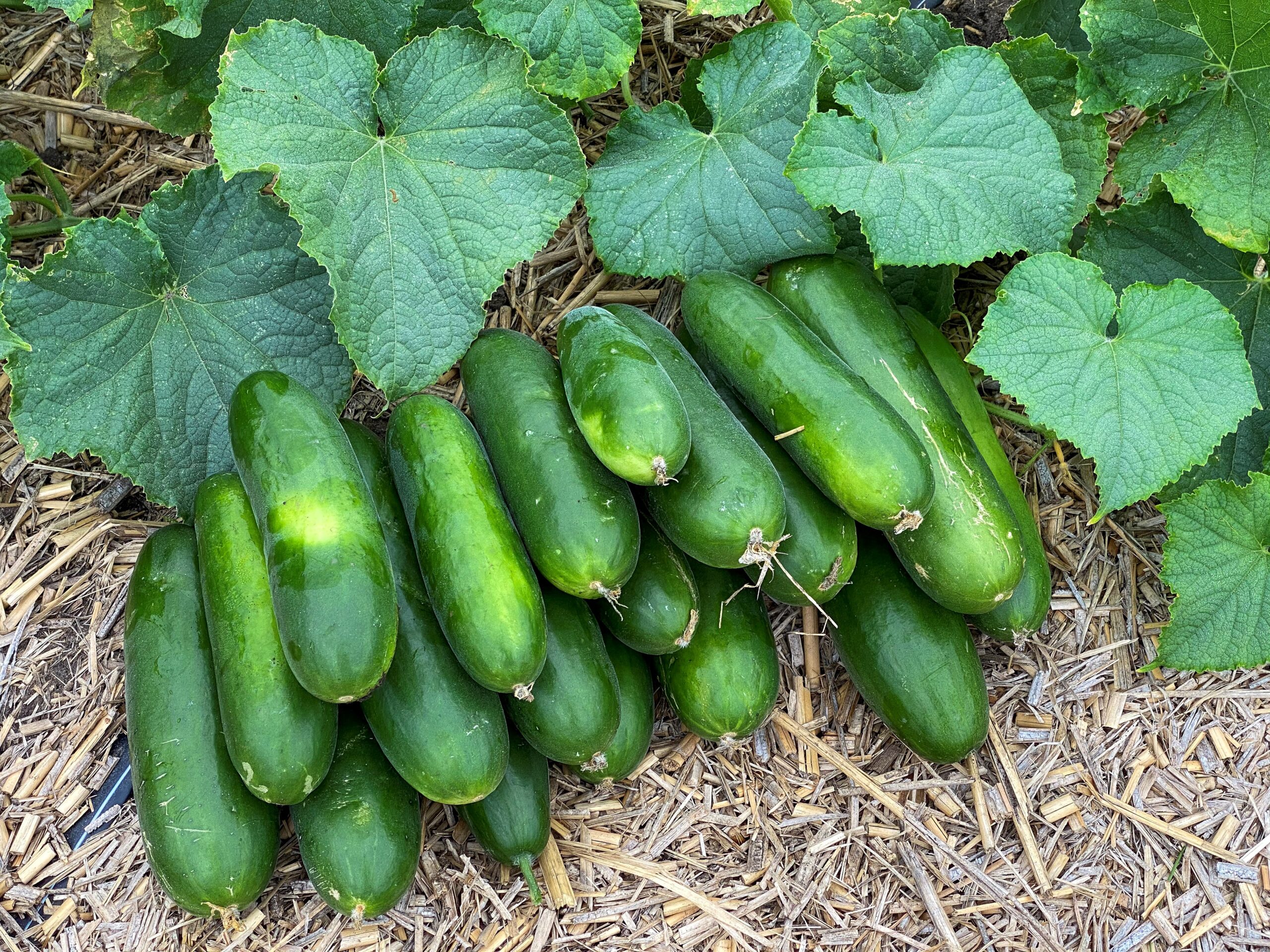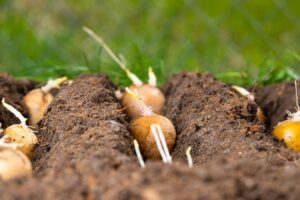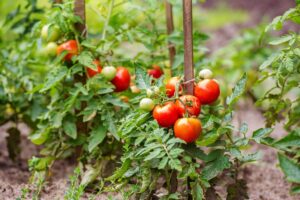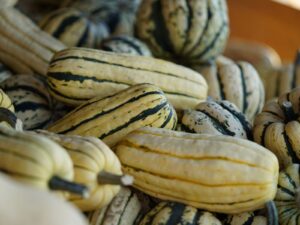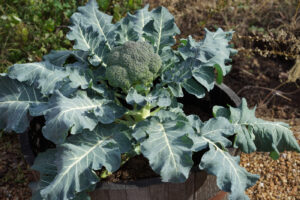How to Plant Cucumber: Complete Growing Guide
Growing your own cucumbers can be incredibly rewarding. Whether you’re planning to make fresh salads, pickles, or refreshing summer drinks, home-grown cucumbers offer superior flavor and texture compared to store-bought options. In this comprehensive guide, you’ll learn everything you need to know about planting and growing cucumbers in various settings—from container gardens on your patio to expansive garden plots.
Why Grow Your Own Cucumbers?
Cucumbers are among the most popular vegetables grown in the United States, with the US market for cucumbers valued at over $300 million annually. By growing your own, you’ll not only save money but also enjoy these benefits:
- Fresher taste with no waxed skin
- No pesticides (if grown organically)
- Variety selection beyond what’s available in stores
- Satisfaction of growing your own food
- Perfect harvesting time for optimal flavor
According to the USDA’s Cooperative Extension Service, homegrown vegetables typically contain more nutrients than those shipped long distances and stored for extended periods.
Choosing the Right Cucumber Varieties
Before planting, you need to select varieties that suit your growing environment and culinary preferences. Cucumbers fall into several categories:
Slicing Cucumbers
These varieties are bred specifically for fresh eating. They typically have thicker skin to protect the cucumber during growth and handling.
- Straight Eight: A classic variety that produces 8-inch fruits with dark green skin
- Marketmore 76: Disease-resistant and reliable producer
- Salad Bush: Compact plants perfect for containers and small spaces
Pickling Cucumbers
These varieties are designed for preserving and making pickles. They tend to be smaller, with thinner skin that allows pickling brine to penetrate.
- Boston Pickling: Heirloom variety with excellent flavor
- National Pickling: Uniform size, perfect for consistent pickle production
- Bush Pickle: Compact variety ideal for small gardens
Specialty Types
- English/Seedless: Long, thin-skinned varieties with few seeds
- Armenian: Actually a melon, but used like cucumbers with milder flavor
- Lemon: Small, round, yellow cucumbers with a mild, sweet flavor
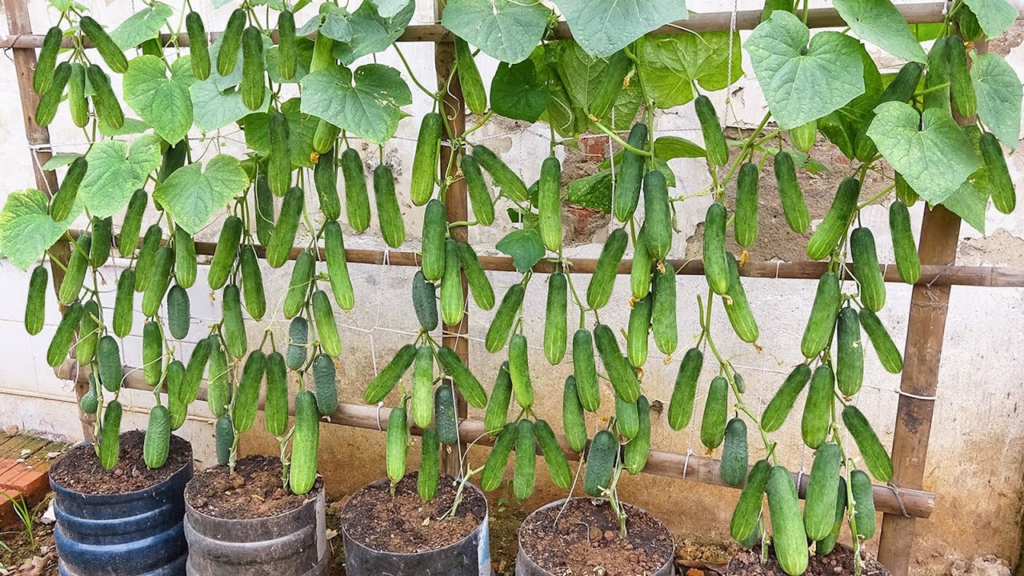
When to Plant Cucumbers
Timing is crucial for successful cucumber cultivation. As warm-season vegetables, cucumbers are sensitive to frost and cold soils.
| Climate Zone | Indoor Seed Starting | Direct Outdoor Planting | Soil Temperature |
|---|---|---|---|
| Northern US (Zones 3-5) | 2-4 weeks before last frost | 2 weeks after last frost | Minimum 60°F |
| Central US (Zones 6-7) | 1-3 weeks before last frost | 1 week after last frost | Minimum 65°F |
| Southern US (Zones 8-10) | Not typically necessary | When soil warms in spring | Minimum 70°F |
| Year-round growing (Zones 11-12) | Any time except hottest months | Any time except hottest months | 70-85°F ideal |
For specific frost dates in your area, consult the USDA Plant Hardiness Zone Map.
How to Plant Cucumber Seeds Indoors
Starting cucumber seeds indoors gives you a head start in cooler climates. Here’s how to do it:
- Gather supplies: You’ll need seed-starting mix, containers with drainage holes, and quality cucumber seeds.
- Fill containers: Use a sterile seed-starting mix, filling containers to about 1/2 inch from the top.
- Plant seeds: Plant 2-3 seeds per container at a depth of 1/2 to 1 inch.
- Provide warmth: Keep soil temperature between 70-80°F for optimal germination using a seedling heat mat if necessary.
- Light requirements: Once seedlings emerge (typically 3-10 days), provide 14-16 hours of bright light daily.
- Harden off: One week before transplanting, gradually introduce seedlings to outdoor conditions for increasing periods each day.
How to Plant Cucumber Seeds Directly in Your Garden
For direct sowing in your garden bed:
- Prepare the soil: Work in compost or aged manure to a depth of 8-12 inches. Cucumbers prefer well-draining, fertile soil with a pH between 6.0 and 7.0.
- Create planting hills: Form mounds of soil approximately 12 inches in diameter and 2-3 inches high, spaced 3-5 feet apart.
- Plant seeds: Place 4-6 seeds in each hill at a depth of about 1 inch.
- Thin seedlings: Once plants develop true leaves, thin to the strongest 2-3 plants per hill.
- Mulch: Apply 2-3 inches of organic mulch around plants to conserve moisture and suppress weeds.
The National Garden Bureau recommends planting cucumbers in rows running north to south to maximize sun exposure for all plants.
Growing Cucumbers in Containers
Don’t have a garden? No problem! Cucumbers can thrive in containers on your patio, balcony, or even indoors with sufficient light.

Container Selection and Setup
- Choose the right container: Select a pot that’s at least 12 inches deep and 16-18 inches wide with adequate drainage holes.
- Prepare potting mix: Use high-quality potting soil mixed with compost. Avoid garden soil, which can compact in containers.
- Support structure: Install a trellis, cage, or stakes at planting time to avoid disturbing roots later.
- Planting: Sow 2-3 seeds per container at 1 inch depth, thinning to the strongest plant after germination.
- Position: Place containers where they’ll receive at least 6-8 hours of sunlight daily.
Bush varieties like ‘Spacemaster’ and ‘Bush Champion’ are particularly well-suited for container growing, requiring less vertical support than vining types.
Cucumber Plant Care Essentials
Once your cucumber plants are established, proper care will ensure a bountiful harvest:
Water Requirements
Cucumbers need consistent moisture—about 1-2 inches of water per week. According to the USDA Agricultural Research Service, inconsistent watering can lead to bitter-tasting cucumbers and misshapen fruits.
- Water deeply once or twice a week rather than frequent shallow watering
- Use drip irrigation or soaker hoses to keep foliage dry and prevent diseases
- Mulch around plants to retain soil moisture
Fertilizing Schedule
- Before planting: Incorporate compost or a balanced fertilizer into soil
- When vines begin to run: Side-dress with balanced fertilizer
- When plants begin fruiting: Apply additional nitrogen if leaves pale
Be careful not to over-fertilize, as this can result in lush foliage but poor fruit production.
Supporting Cucumber Plants
Training cucumber vines to grow vertically offers several advantages:
- Saves garden space
- Produces straighter fruits
- Improves air circulation, reducing disease issues
- Makes harvesting easier
- Keeps fruits clean
Install trellises, cages, or stakes at planting time, and gently train vines to climb as they grow.
Common Cucumber Growing Problems and Solutions
Even experienced gardeners encounter challenges when growing cucumbers. Here’s how to address common issues:
Pest Management
- Cucumber beetles: These yellow-and-black striped or spotted beetles can transmit bacterial wilt. Use floating row covers until flowering, then remove to allow pollination.
- Aphids: Spray plants with a strong stream of water or insecticidal soap to control these small sap-sucking insects.
- Spider mites: Increase humidity around plants and spray with water to discourage these tiny pests that thrive in hot, dry conditions.
The EPA’s Integrated Pest Management principles recommend using cultural and biological controls before resorting to pesticides.
Disease Prevention
- Powdery mildew: This white fungal growth on leaves can be prevented with proper spacing and can be treated with a baking soda spray (1 tablespoon in 1 gallon of water with a few drops of dish soap).
- Downy mildew: Yellow spots on upper leaf surfaces with grayish fuzz underneath. Provide good air circulation and avoid overhead watering.
- Bacterial wilt: Plants suddenly wilt and die. This is spread by cucumber beetles, so controlling these pests is essential.
Selecting resistant varieties is your best defense against these common diseases.
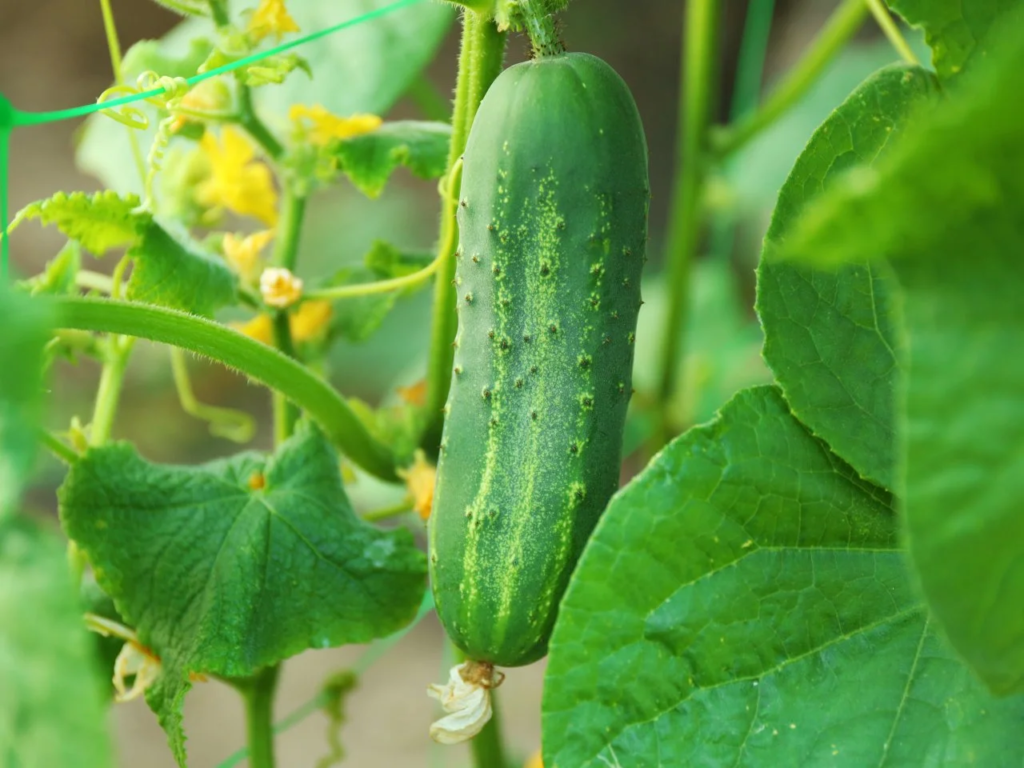
Harvesting and Using Your Cucumbers
The reward for your care and attention comes at harvest time. Most cucumber varieties are ready for picking 50-70 days after planting.
When to Harvest
- Harvest slicing cucumbers when they reach 6-8 inches long
- Pick pickling cucumbers when they’re 2-4 inches long
- Harvest every 1-2 days during peak season to encourage continued production
- Morning harvesting provides the crispest fruits
Cut rather than pull cucumbers from the vine to avoid damaging the plants.
Storage Tips
- Refrigerate harvested cucumbers immediately
- Store in perforated plastic bags in the vegetable crisper
- Use within 1-2 weeks for best quality
- Avoid storing cucumbers near ethylene-producing fruits like apples, which can accelerate spoilage
Beyond Fresh Eating: Preserving Your Cucumber Harvest
When your garden is producing more cucumbers than you can eat fresh, consider these preservation methods:
Quick Pickling (Refrigerator Pickles)
- Slice cucumbers and pack in jars with dill, garlic, and spices
- Heat a mixture of vinegar, water, and salt
- Pour hot brine over cucumbers
- Refrigerate for 24 hours before eating
- Store in refrigerator for up to 2 months
Water Bath Canning
For longer preservation, the National Center for Home Food Preservation provides detailed instructions for safely canning pickles that can be stored at room temperature for up to a year.
Conclusion
Growing cucumbers can be a delightful adventure that rewards you with crisp, flavorful vegetables far superior to store-bought options. Whether you’re planting in a spacious garden plot, a small raised bed, or containers on your patio, these versatile vegetables can thrive with proper care.
By following the guidelines in this article, you’ll be well-equipped to grow a successful cucumber crop that provides fresh eating and preserving opportunities throughout the growing season. Remember that each growing season brings new learning experiences, so don’t be discouraged by occasional setbacks—they’re simply stepping stones to becoming a more skilled gardener.
